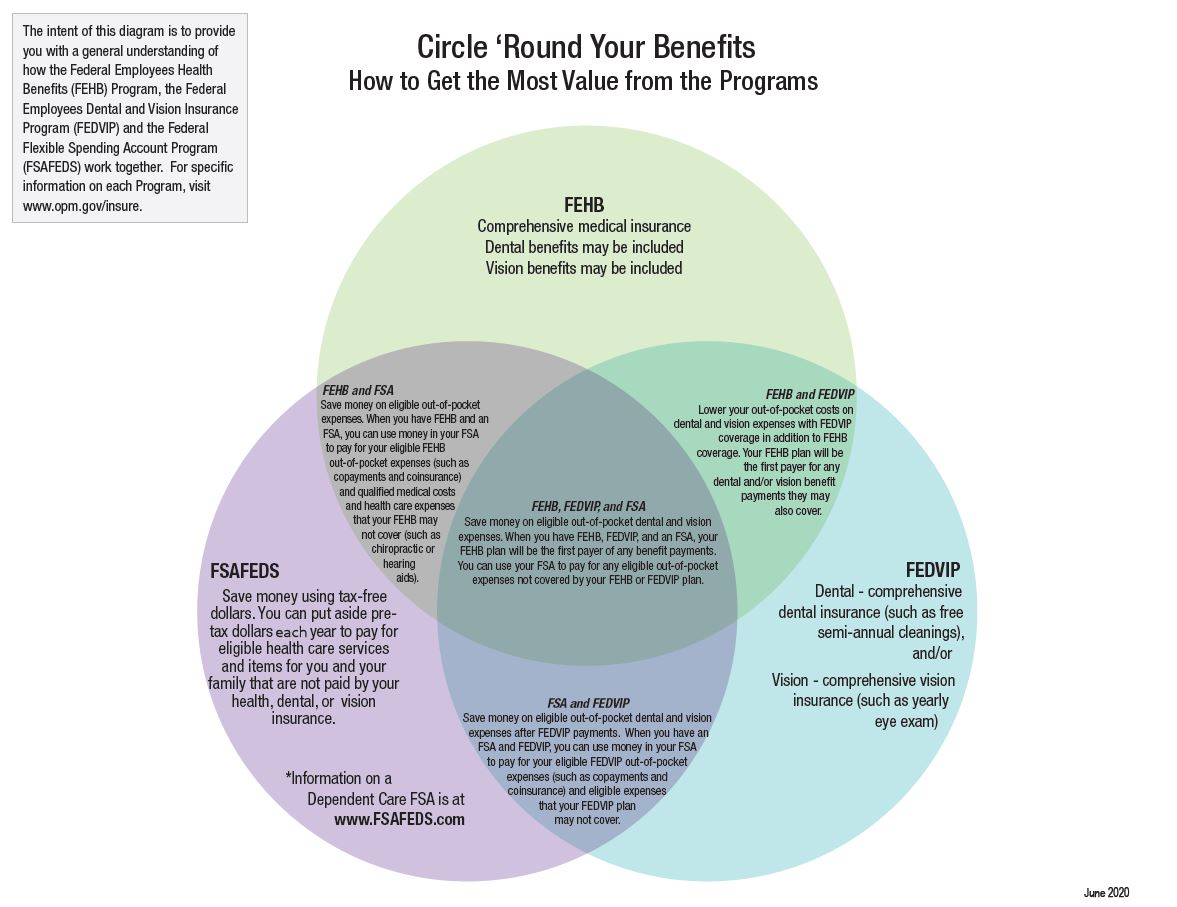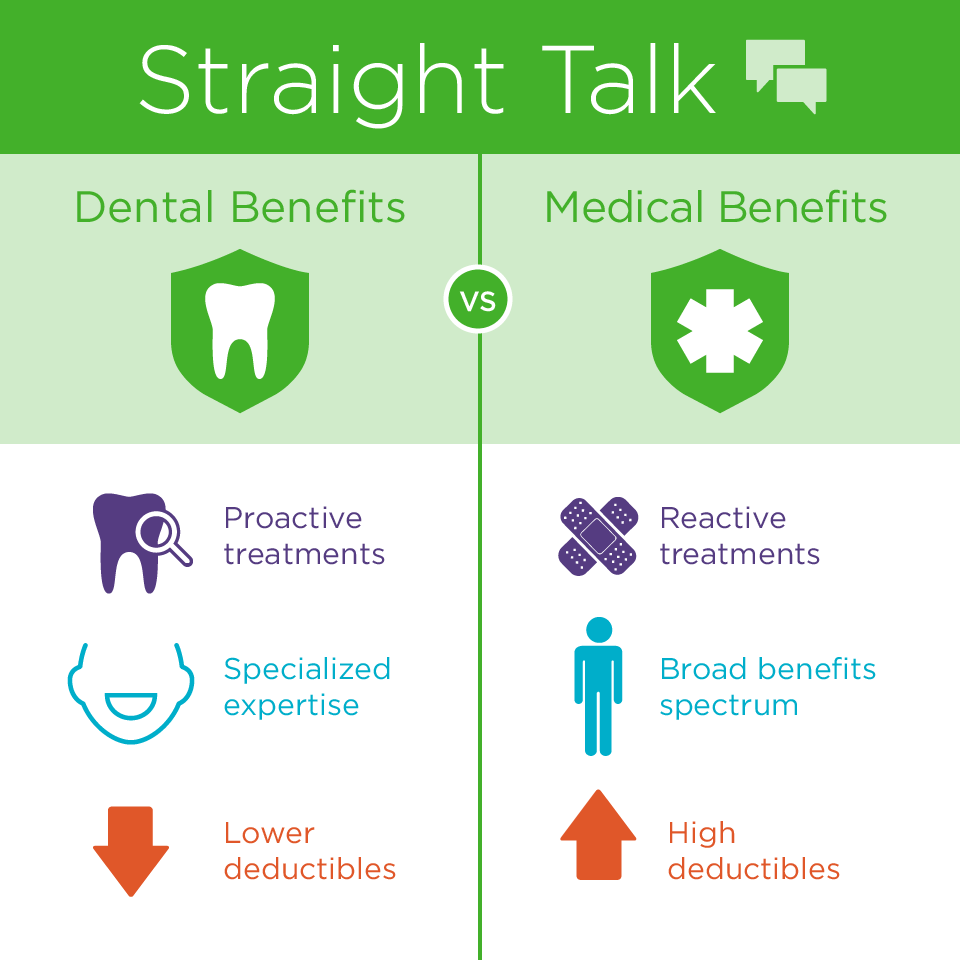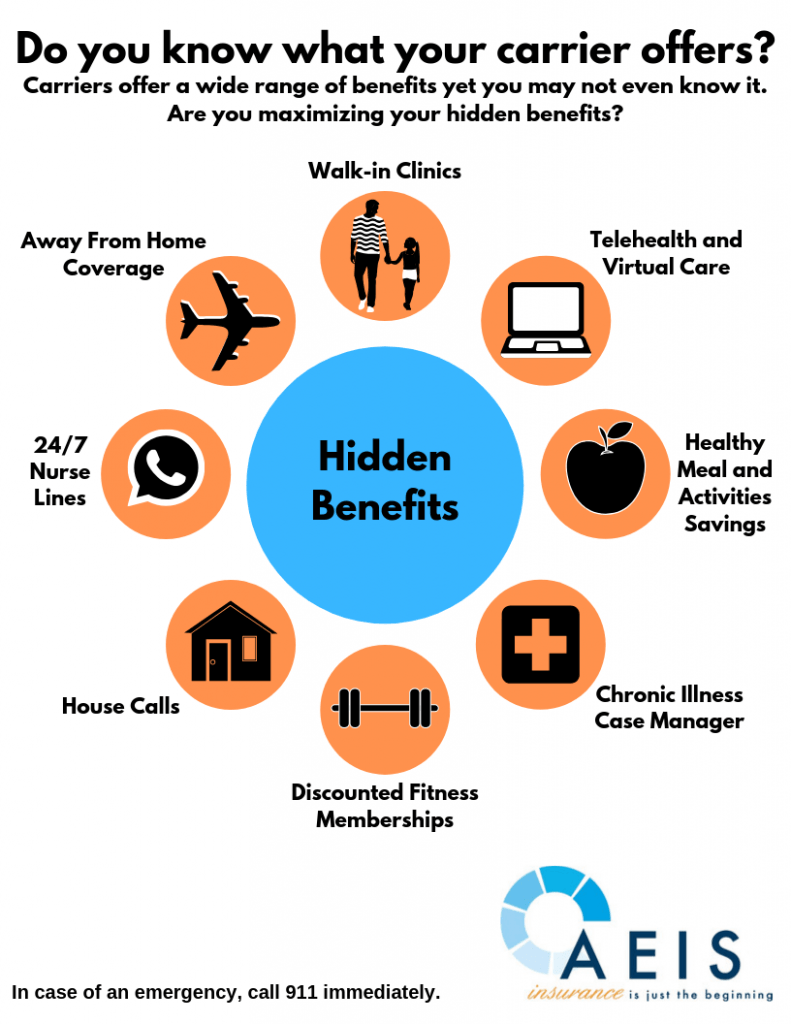Fascination About Medicare Advantage Agent
Wiki Article
Not known Incorrect Statements About Medicare Advantage Agent
Table of ContentsMedicare Advantage Agent Things To Know Before You Get ThisThe Basic Principles Of Medicare Advantage Agent The smart Trick of Medicare Advantage Agent That Nobody is Talking About

adheres to from puzzling the relatively young age account of the uninsured with the far better health and wellness, usually, of younger persons. This covers the link in between wellness standing and medical insurance. For those without accessibility to work environment medical insurance, poor health is a possible barrier to acquiring nongroup protection due to the fact that such insurance coverage may be extremely valued, leave out preexisting problems, or be simply inaccessible. The variety of without insurance Americans is not particularly huge and has actually not changed recently. 7 out of ten participants in a nationally representative survey assumed that fewer Americans lacked wellness insurance policy than really do(Fronstin, 1998). About half(47 percent )thought that the variety of people without health and wellness insurance reduced or continued to be constant over the latter fifty percent of the last years(Blendon et al., 1999). This drop of virtually 2 million in the variety of individuals 'without insurance coverage (a decrease
of about 4 percent)is definitely a favorable change. With a softer economic climate in 2000 the most up to date reported gains in insurance protection might not proceed(Fronstin, 2001 ). The decline in the variety of without insurance will certainly not proceed if the economy stays slow-moving and healthcare expenses remain to outpace inflation. This is since the data were accumulated for a duration of strong economic efficiency. Of the estimated 42 million people who were uninsured, just about about 420,000(about 1 percent)were under 65 years old, the age at which most Americans end up being eligible for Medicare; 32 million were grownups in between ages 18 and 65, around 19 percent of all grownups in this age team; and 10 million were kids under 18 years old, concerning 13.9 percent of all youngsters (Mills, 2000). These estimates of the number of individuals without insurance are generated from the annual March Supplement to the Current Population Study (CPS), carried out by the Demographics Bureau. Unless otherwise noted, nationwide price quotes of individuals without medical insurance and proportions of the population with various sort of insurance coverage are based on the CPS, one of the most extensively utilized resource of price quotes of insurance policy protection and uninsurance prices. These surveys and the quotes they generate are described briefly in Table B. 1 in Appendix B - Medicare Advantage Agent. These studies vary in size and tasting methods, the inquiries that are inquired about insurance policy
The Basic Principles Of Medicare Advantage Agent
protection, and the moment period over which insurance protection or uninsurance is measured(Lewis et al., 1998, Fronstin, 2000a ). Still, the CPS is particularly useful due to the fact that it produces yearly estimates reasonably promptly, reporting the previous year's insurance coverage approximates each September, and because it is the basis for a constant set of estimates for even more than two decades, enabling analysis of fads in protection over time.
Fascination About Medicare Advantage Agent
Over a three-year period beginning early in 1993, 72 million individuals, 29 percent of the U.S. populace, lacked protection for at the very least one month. Within a solitary year(1994), 53 million people experienced at the very least a month without insurance coverage(Bennefield, 1998a). 6 out of every ten uninsured my response adults are themselves used. Although working does improve the chance that a person and one's household members will certainly have insurance policy, it is not an assurance. Also members of households with 2 full time breadwinner have virtually a one-in-ten opportunity of being uninsured (9.1 percent without insurance price)(Hoffman and Pohl, 2000 ). The relationship in between medical insurance and access to care is well established, as documented later on in this phase. The connection in between health and wellness insurance coverage and health and wellness end results is neither straight neither simple, a substantial professional and wellness services research literature links health insurance protection to improved better accessibility care, better far betterTop quality and improved boosted individual population populace status. The second report, on personal wellness end results for without insurance grownups, is represented by the innermost circle of the number, while the 3rd report, on family health, incorporates the topics of the second record however highlights a various system of analysis, namely, the family. The 6th report in the collection will present details regarding techniques and initiatives carried out locally, statewide, or across the country to resolve the lack of insurance policy and its adverse influences. Degrees of evaluation for analyzing the effects of uninsurance. This conversation of medical insurance protection focuses largely on the united state population under age 65 due to the fact that practically all Americans 65 and older have Medicare or other public protection.
It focuses specifically on those without any wellness insurance policy for any kind of size of time. The problems dealt with by the underinsured are in some aspects similar to those dealt with by the uninsured, although they are normally much less serious. Uninsurance and underinsurance, however, include distinctly different policy concerns, and the approaches for resolving them may differ. Throughout this research study and the five records to comply with, the primary focus is on persons with no medical insurance and therefore no aid in spending for wellness treatment beyond what is available through charity and safeguard institutions. Medical insurance is an effective variable impacting invoice of treatment because both patients and medical professionals react to the out-of-pocket price of services. Medical insurance, however, is neither necessary nor adequate to acquire access to clinical solutions. Nevertheless, the independent and direct result of health and wellness insurance policy coverage on accessibility to health and wellness services is well established. description Others will get the healthcare they need also without health insurance policy, by paying for it expense or seeking it from carriers who offer care free or at extremely subsidized rates. For still others, medical insurance alone does not make certain invoice of care due to the fact that of other nonfinancial barriers, such as an absence of health care suppliers in their community, restricted accessibility to transport, illiteracy, or linguistic and social differences. Formal research study concerning uninsured populaces in the United States dates to the late 1920s and early 1930s when the Board on the Expense of Healthcare produced a collection of records about financing physician office brows through and hospitalizations. This issue ended up being salient as the numbers of medically indigent climbed up during the Great Anxiety. Empirical studies consistently support the link between accessibility to care and improved wellness end results(Bindman et al., 1995; Starfield, 1995 ). Having a regular source of treatment can be taken into consideration a forecaster of access, as opposed to a direct procedure of it, when health and wellness results are themselves used as gain access to signs. This expansion of the notion of access measurement was made by the IOM Committee on Keeping An Eye On Gain Access To to Personal Healthcare Services(Millman, 1993, p. Whether moms and dads are guaranteed shows up to influence whether their youngsters get care along with exactly how much careeven if the kids themselves have protection(Hanson, 1998). The health and wellness of parents can impact their capability to care for their youngsters and the degree of household stress and anxiety. Stressing over their youngsters's accessibility to care is itself a source of anxiety for parents. 3 phases adhere to in this record. Phase 2 gives a summary of just how employment-based medical insurance, public programs and private insurance coverage operate and communicate to give substantial yet insufficient protection of the U.S. population. This consists of an evaluation of historical fads and public plans affecting both public and personal insurance policy, a discussion of the communications among the various sorts of insurance coverage, and an exam of why individuals move from one program to an additional or end up

Report this wiki page